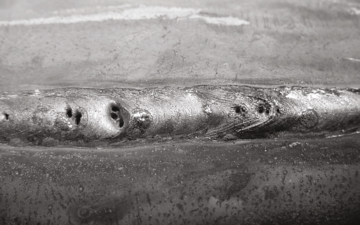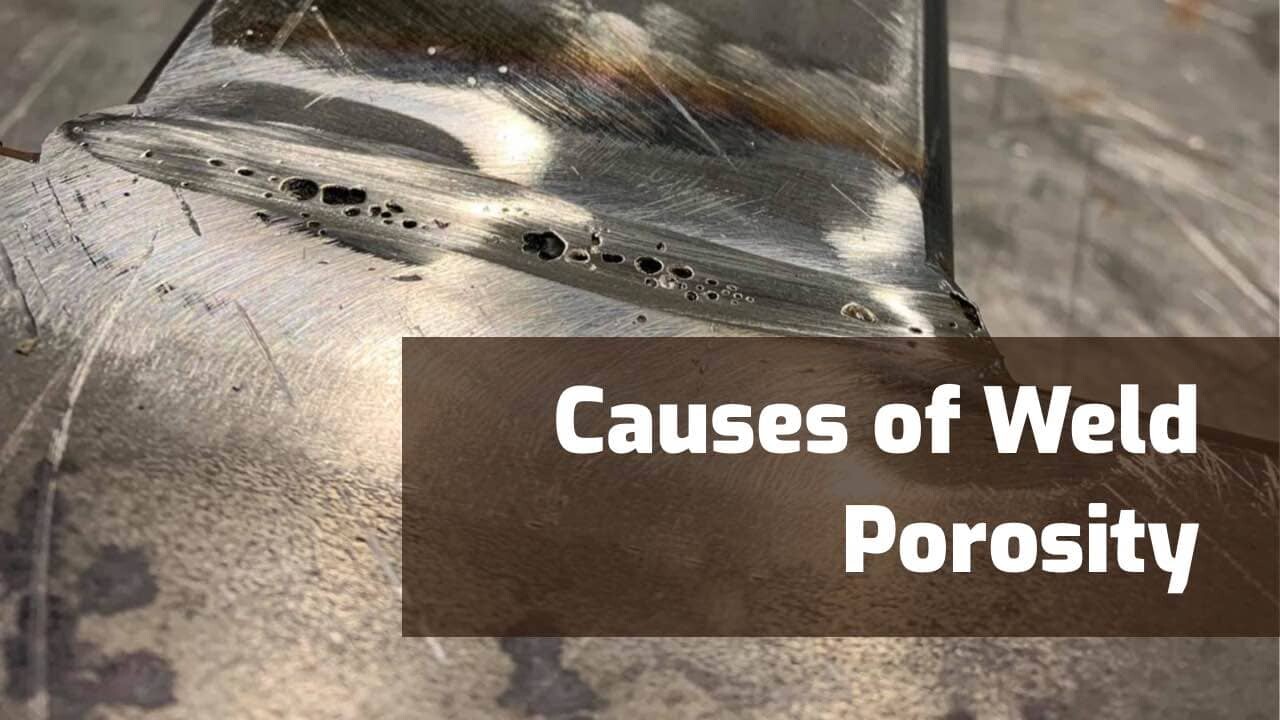What is Porosity in Welding: Recognizing Its Causes and Enhancing Your Skills
What is Porosity in Welding: Recognizing Its Causes and Enhancing Your Skills
Blog Article
The Scientific Research Behind Porosity: A Comprehensive Guide for Welders and Fabricators
Comprehending the detailed systems behind porosity in welding is critical for welders and producers aiming for flawless craftsmanship. From the make-up of the base products to the intricacies of the welding process itself, a plethora of variables conspire to either exacerbate or ease the existence of porosity.
Understanding Porosity in Welding
FIRST SENTENCE:
Evaluation of porosity in welding exposes vital insights right into the integrity and quality of the weld joint. Porosity, identified by the presence of cavities or voids within the weld steel, is a typical problem in welding processes. These spaces, if not correctly dealt with, can jeopardize the architectural integrity and mechanical buildings of the weld, leading to potential failures in the finished product.

To spot and evaluate porosity, non-destructive screening techniques such as ultrasonic screening or X-ray assessment are usually utilized. These techniques enable the recognition of internal defects without endangering the integrity of the weld. By examining the size, shape, and circulation of porosity within a weld, welders can make educated decisions to boost their welding procedures and attain sounder weld joints.

Variables Affecting Porosity Development
The event of porosity in welding is influenced by a myriad of variables, ranging from gas protecting performance to the complexities of welding criterion setups. One essential variable contributing to porosity formation is inadequate gas shielding. When the protecting gas, commonly argon or CO2, is not properly covering the weld pool, atmospheric gases like oxygen and nitrogen can pollute the molten steel, bring about porosity. Additionally, the tidiness of the base products plays a significant function. Impurities such as corrosion, oil, or wetness can evaporate during welding, creating gas pockets within the weld. Welding parameters, including voltage, existing, travel speed, and electrode type, likewise impact porosity development. Using incorrect setups can generate excessive spatter or heat input, which in turn can result in porosity. The welding method utilized, such as gas metal arc welding (GMAW) or protected metal arc welding (SMAW), can influence porosity formation due to variations in warm distribution and gas insurance coverage. Recognizing and managing these elements are necessary for minimizing porosity in welding operations.
Effects of Porosity on Weld Quality
The existence of porosity additionally deteriorates the weld's resistance to corrosion, as the trapped air or gases within the voids can respond with the surrounding environment, leading to destruction over time. Additionally, porosity can hinder the weld's capacity to withstand stress or effect, further endangering the overall high quality and integrity of the welded framework. In important applications such as aerospace, automobile, or structural building and constructions, where safety and resilience are critical, the harmful effects of porosity on weld quality can have severe effects, stressing the relevance of reducing porosity with correct welding methods and treatments.
Strategies to Minimize Porosity
To improve the quality of bonded joints and guarantee structural stability, welders and producers use details strategies intended at reducing the formation of spaces and dental caries within the material during the welding procedure. One effective method to minimize porosity is to read guarantee correct product preparation. This consists of detailed cleansing of the base metal to eliminate any impurities such as oil, grease, or wetness that could add to porosity formation. Furthermore, utilizing the appropriate welding criteria, such as the proper voltage, current, and take a trip speed, is crucial in stopping porosity. Maintaining a regular arc size and angle throughout welding Related Site also helps in reducing the chance of porosity.

Furthermore, choosing the appropriate securing gas and preserving proper gas circulation rates are crucial in decreasing porosity. Using the ideal welding method, such as back-stepping or using a weaving movement, can likewise aid disperse warmth evenly and minimize the possibilities of porosity formation. Finally, making certain correct air flow in the welding atmosphere to remove any type of potential sources of contamination is essential for accomplishing porosity-free welds. By implementing these strategies, welders can successfully decrease porosity and produce top notch welded joints.

Advanced Solutions for Porosity Control
Implementing cutting-edge innovations and cutting-edge methods plays a critical duty in achieving premium control over porosity in welding processes. Furthermore, employing sophisticated welding strategies such as pulsed MIG welding or customized ambience welding can also help reduce porosity problems.
One more innovative solution includes using innovative welding tools. As an example, utilizing devices with integrated attributes like waveform control and innovative power resources can enhance weld quality and decrease porosity risks. The application of automated welding systems with accurate control over parameters can significantly minimize porosity problems.
Additionally, incorporating advanced monitoring and read this post here inspection technologies such as real-time X-ray imaging or automated ultrasonic screening can aid in detecting porosity early in the welding procedure, permitting for instant restorative actions. On the whole, incorporating these innovative options can significantly enhance porosity control and boost the total top quality of welded parts.
Final Thought
In conclusion, recognizing the science behind porosity in welding is essential for welders and producers to generate top notch welds - What is Porosity. Advanced solutions for porosity control can additionally improve the welding procedure and ensure a strong and trustworthy weld.
Report this page